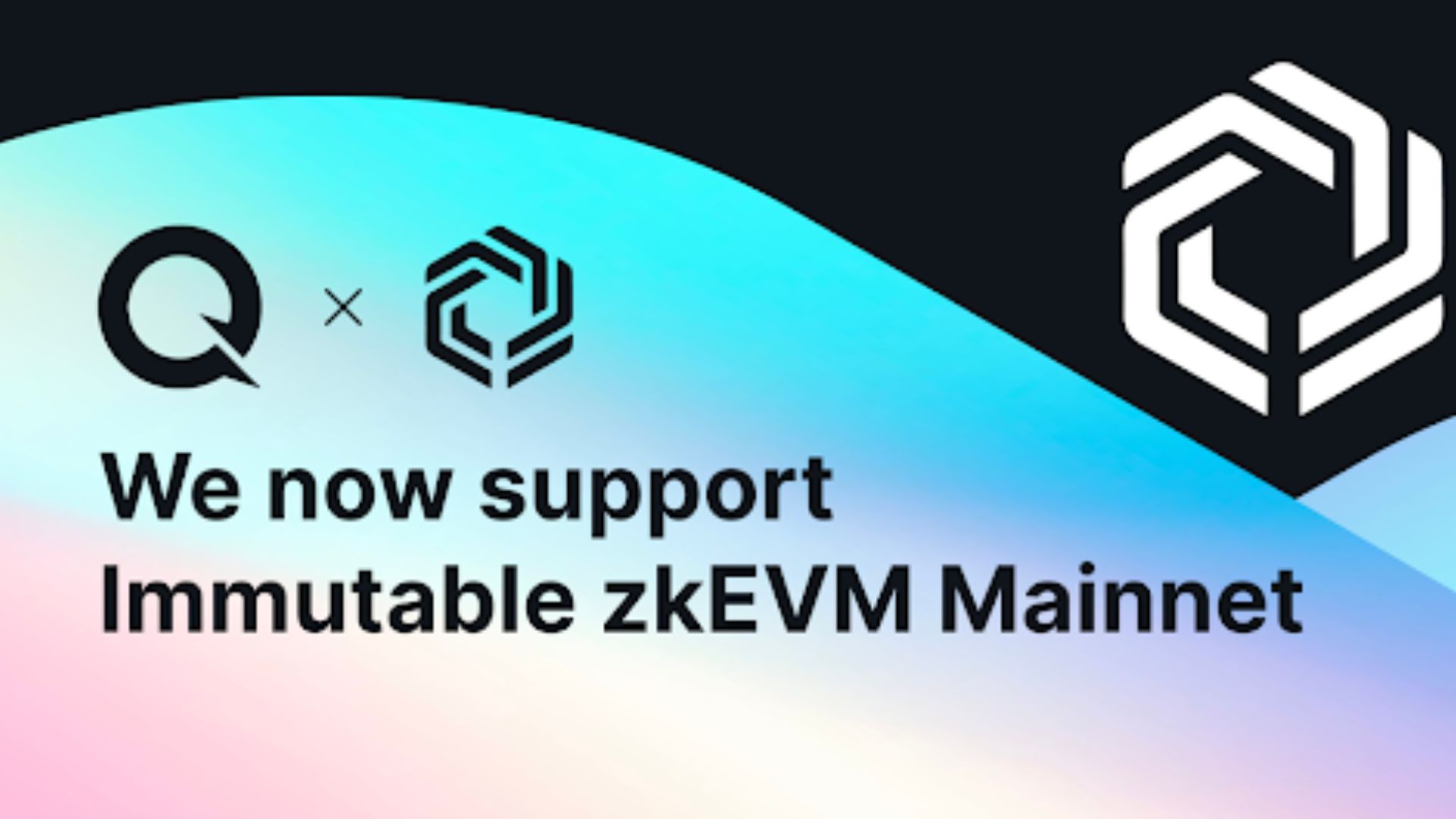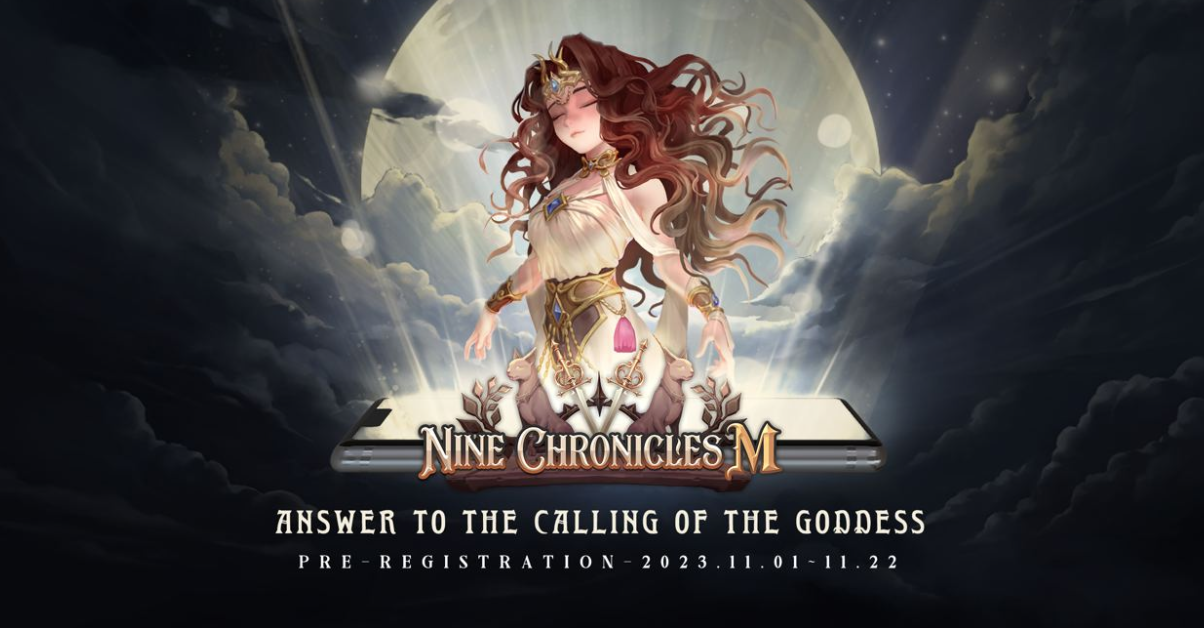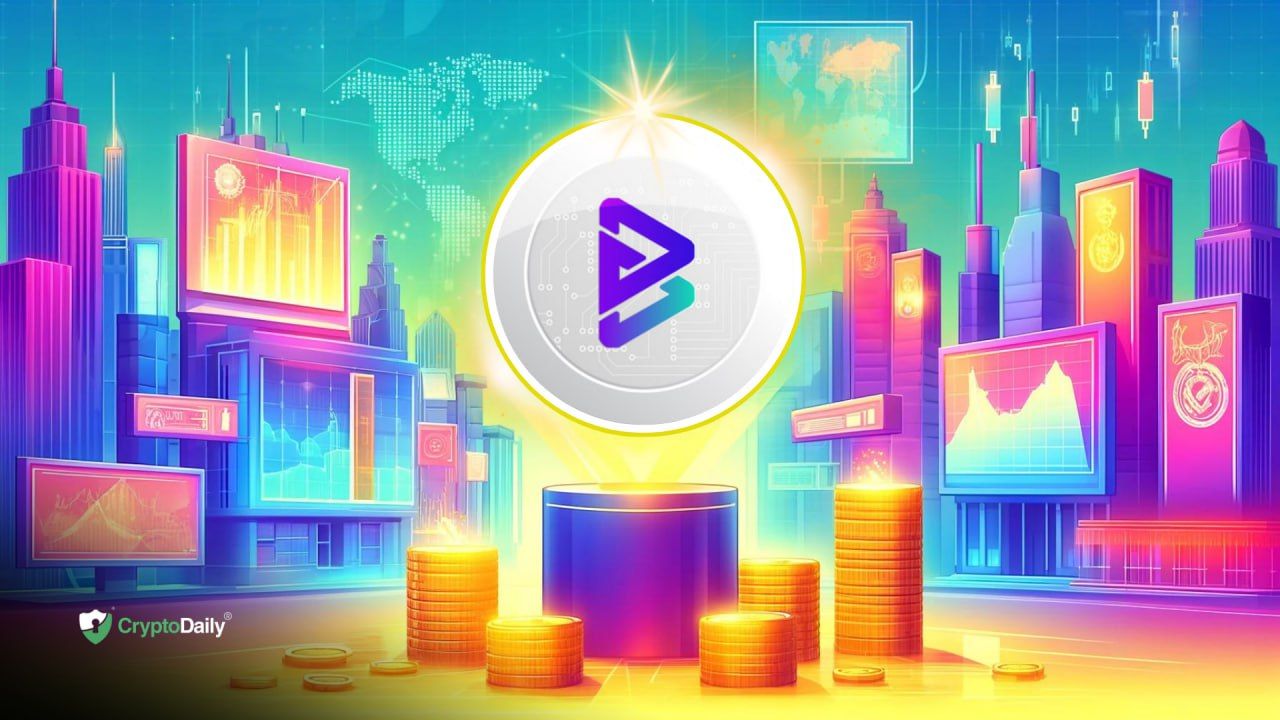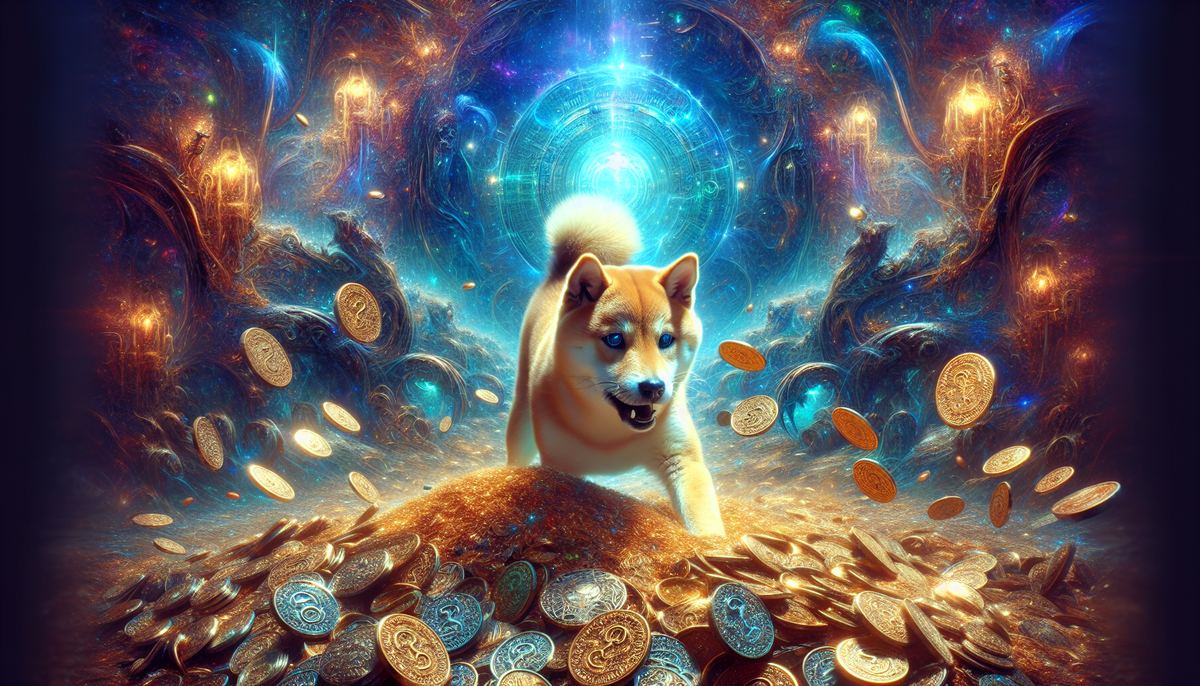As the cryptocurrency market falls deeper into another familiar winter, one game built on the blockchain continues to assert its prowess in the future of the gaming industry.
Splinterlands, the fantasy-based collectible card game now the leading worldwide Web 3.0 dapp, is preeminent among these. It was “born in a bear market,” as major player, investor, and community streamer Neal McSpadden says, and continues to grow through another one.
In 2018, as the market suffered a similar crash and financial devastation was wrecking many previously promising Web 3.0 projects (and the wallets of their enthusiasts), the game–conceived and brought to life by lifelong gaming lovers Jesse “Aggroed” Reich, the company’s CEO, and Matt Rosen–caught the attention of a strong niche of users on the Hive (HIVE) blockchain.
Through the drama of ups and downs native to the crypto market, Splinterlands has thrived since its beginning, rapidly acquiring within four years millions of registered users and active players regularly hitting the 500,000 person threshold. In March, it blew past the substantive milestone of 2 billion plays, and continues to onboard hundreds of new users daily, even while the market bleeds red.
The current bear market began its descent in early November of 2021, and since then has seen a 70%+ decline across all projects. Many companies and coins have completely collapsed or are on the brink of devastation for their investors and users. Blockchain gaming has also been severely scathed by market destruction, with Axie Infinity, the well-known NFT pet-collecting battle game, dropping more than 90% from its peak value, causing many to wonder if Web 3.0 games can keep their place as the future of the gaming industry.
Splinterlands, along with games like Axie Infinity and Gala, have paved the way for the blockchain gaming industry over the last cryptocurrency development cycle. Even before the re-explosion of the more recent 2021 cryptocurrency market–which always draws in a new batch of curious players and investors–these companies were seeing growing interest around their games and thriving communities.
Yet early in the adoption phase of Web 3.0, many around the world are still unaware of the unique aspects of blockchain gaming and play-to-earn, thinking only of the financial aspect so much a focus of the blockchain space.
But blockchain technology has far more to offer than economic relevance. When it comes to blockchain gaming, its possibilities are extraordinarily player-enhancing, offering an extended utility to purchased in-game items and pieces that carry over value into both the real world and, as the industry grows, into other games.
Many of these items currently exist in some form in the mainstream gaming world, including some primitive forms of robust in-game quasi-economies, but the blockchain offers innovative and compelling ways to more deeply incorporate these complex layers into player experience. For example, Web 3.0 collectibles can now take on a life of their own beyond iterations of the games, and have the capacity to become valuable outside of the games themselves.
Axie Infinity largely brought these capacities into the public awareness. The game is known perhaps best by the tremendous humanitarian effects the game had for its low GNI country users, especially in the Philippines. Many of these players were able, via blockchain-exclusive play-to-earn (P2E) mechanics, to pay their bills through the ravages of the worldwide economic shutdowns of 2020-2021. The game led the way in bringing blockchain gaming to the awareness of players both in and outside of the blockchain space, spurring interest even among many mainstream gamers around the world.
Gala Games, another Web 3.0 company which has a variety of games built on the Ethereum blockchain, is still in its infancy, but has also successfully stretched the boundaries of gaming via the merits of blockchain technology.
But the cryptocurrency downturn of the last few months has caused even such strong projects to suffer in the bear market. Axie Infinity in particular has been hit hard, especially alongside the Ronin Network hack that saw the game’s economy robbed of US$620 million in cryptocurrency.
The blockchain gaming space at its current infant stage–like much of the Web 3.0 world–is not a place for those without a strong stomach. It maintains an undeniably promising future due to the exciting innovations it offers the industry, but early technological development is always a volatile process.
In spite of these struggles, however, Splinterlands is seeing continued growth throughout this time of testing.
With the blockchain space something of a wild west, there are a number of factors that play into which projects succeed and which collapse. But Splinterlands continues to thrive perhaps due to its combination of diligent laser-focus on community and frank communication via its Discord channel, its low cost for new users, strong security interface, and committed investment in its nearly round-the-clock “edutainment” streaming channel, SplinterlandsTV, on Twitch, an Amazon (AMZN) video streaming service subset.
But none of this would matter without a great game, which has been the Splinterlands focus since takeoff.
“Knowing the challenges and volatility of the blockchain space, at Splinterlands we have always been hyper-focused on creating a great game that any gamer would love to play, separate from the play-to-earn tokenomics system,” said Jesse “Aggroed” Reich, Splinterlands Co-Founder and CEO. “We have always been committed to the best graphics, soundtrack, and top tier coding for incredible gameplay, and this is why I think we’ve seen growth through both bear markets, including now–we’re still seeing hundreds of new users daily.”
“We know the merits of play-to-earn and are excited to be at this frontier of the inevitable future of gaming,” he continued. “But we will always, always put passion for the game itself first. Without a great game, none of the rest matters.”
Many projects, as well as those which abuse the confusion of a new market, will prove weak for one reason or another during a bear market. Many in the blockchain space are aware of the way that earning mechanics can skew player motivations, leading to unsustainable drawbacks as the market contracts.
For Splinterlands, the game’s intrinsic draw has therefore always been self-consciously paramount, with the Web 3.0 economic elements lending to enhanced gameplay rather than serving as the substrate for motivation. In Splinterlands, the in-game economy is set up to serve the experience and passion of gamers, offering an enriched way of trading and accomplishing level success, which all loops back into an enriched community.
If companies don’t walk this line carefully, even if the game has strong fundamentals, the result can be devastating. Technology rushes are historically brutal, and Web 3.0 is no exception.
As in the Dot Com Bubble circa 2000, which saw nearly every new Web 2.0 project fail, blockchain technology and its merits will be tested by its strongest projects and applications, not by those which for various reasons collapse under the struggles of new digital frontiers. Many people forget that Amazon suffered massive losses–not once, but multiple times–before becoming the transformative, dominant worldwide service known by all. Other companies that seemed clear winners have now been long forgotten. But Web 2.0 technology itself, although it left many of its earliest and most enthusiastic adopters in the dust, transformed everything from work to travel to commerce to communication, in ways such that worldwide history will long be distinguished between pre- and post- Web 2.0.
While the Web 3.0 world suffers current losses and play-to-earn gaming is swept into that trend for the time being, blockchain gaming, like other groundbreaking technology before it, still has a bright future.
Disclaimer: This article is provided for informational purposes only. It is not offered or intended to be used as legal, tax, investment, financial, or other advice.
Investment Disclaimer













